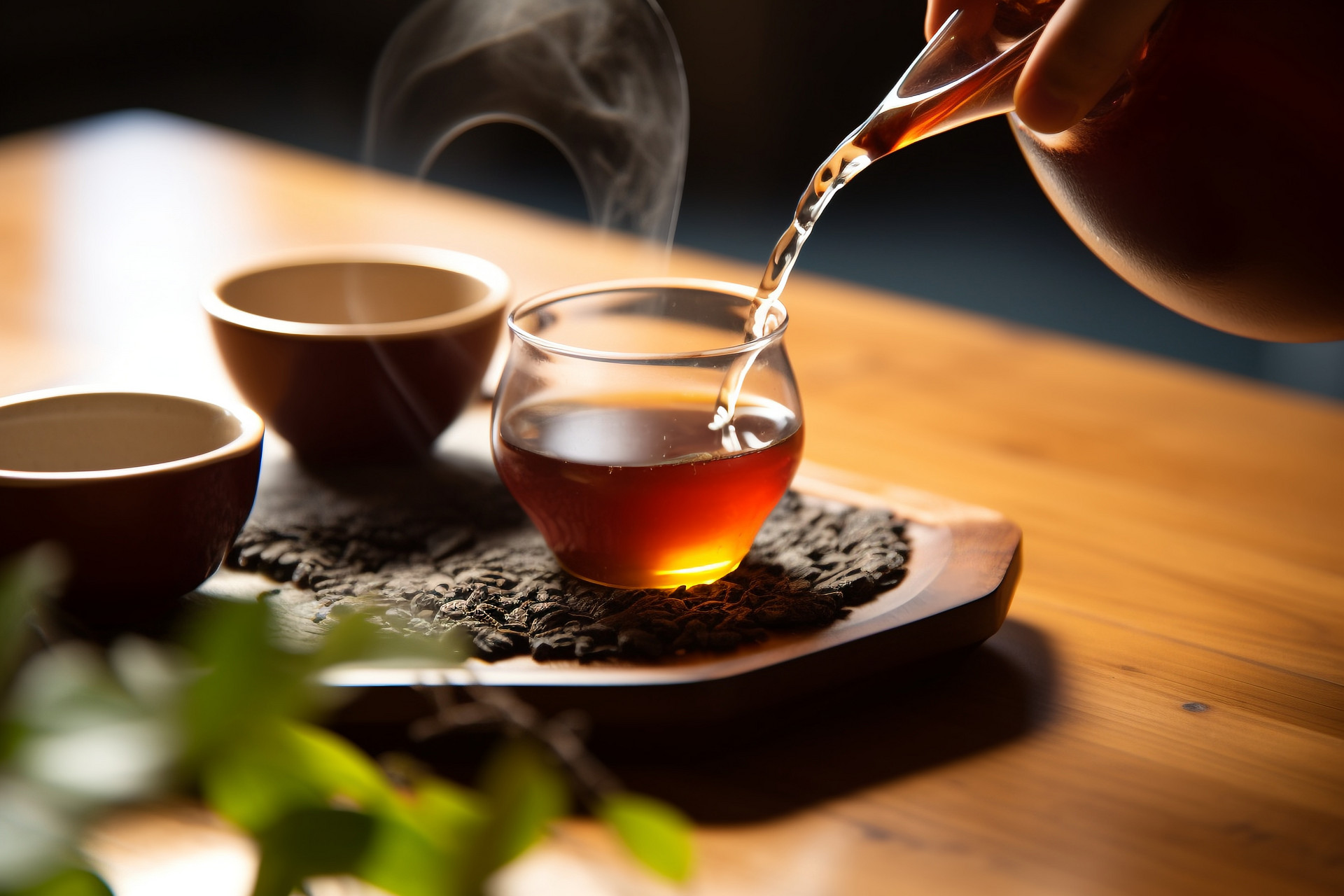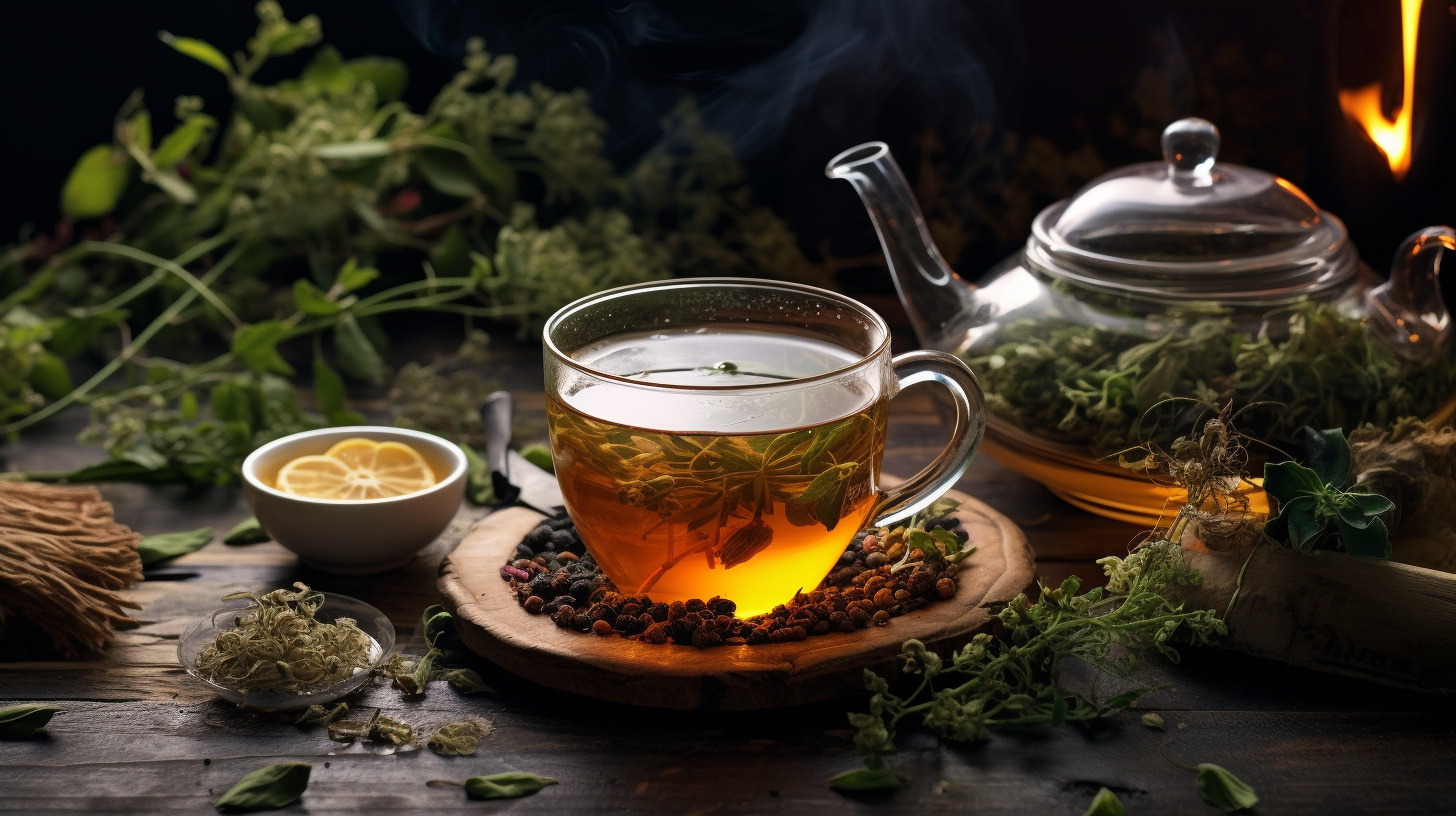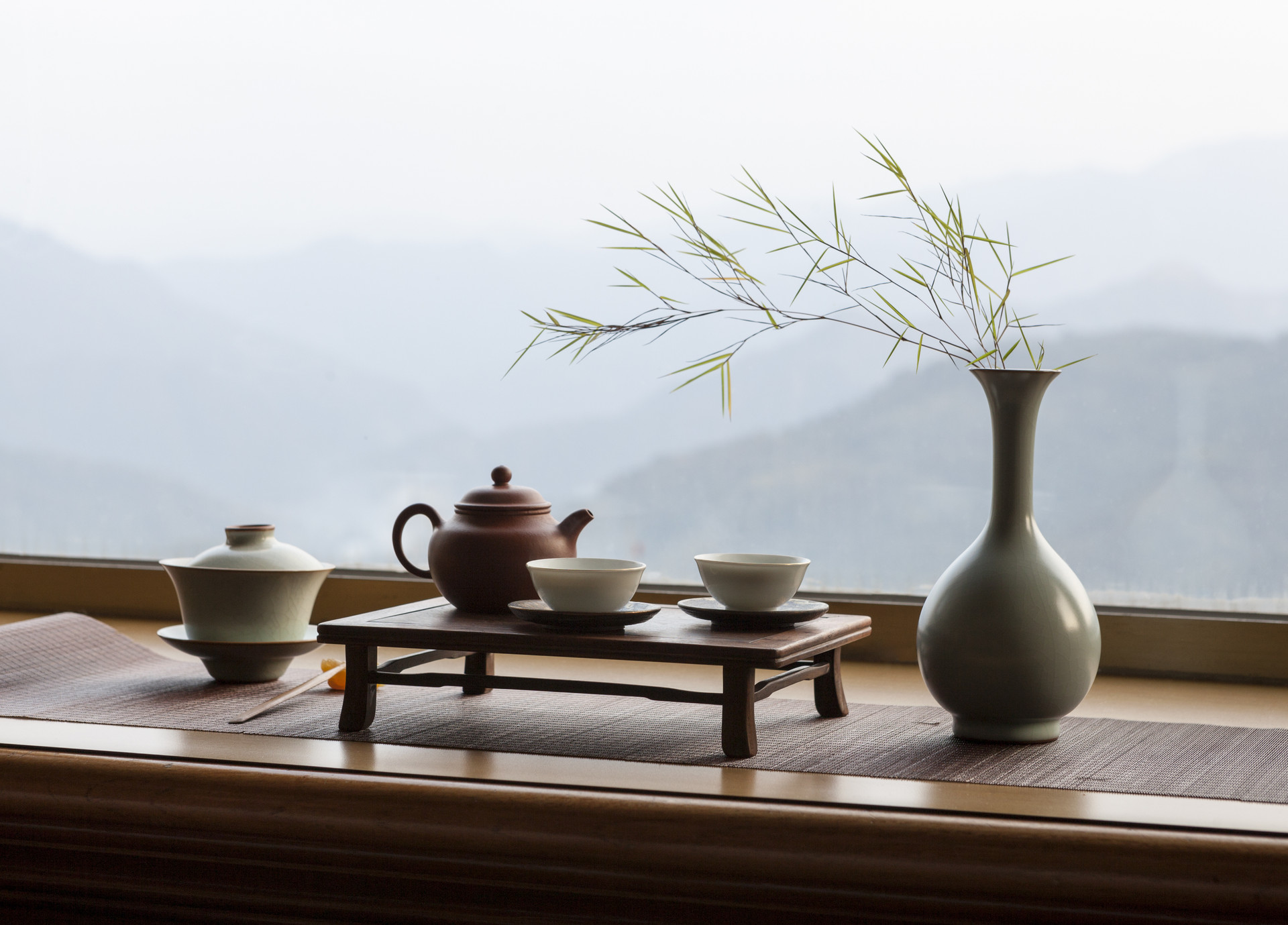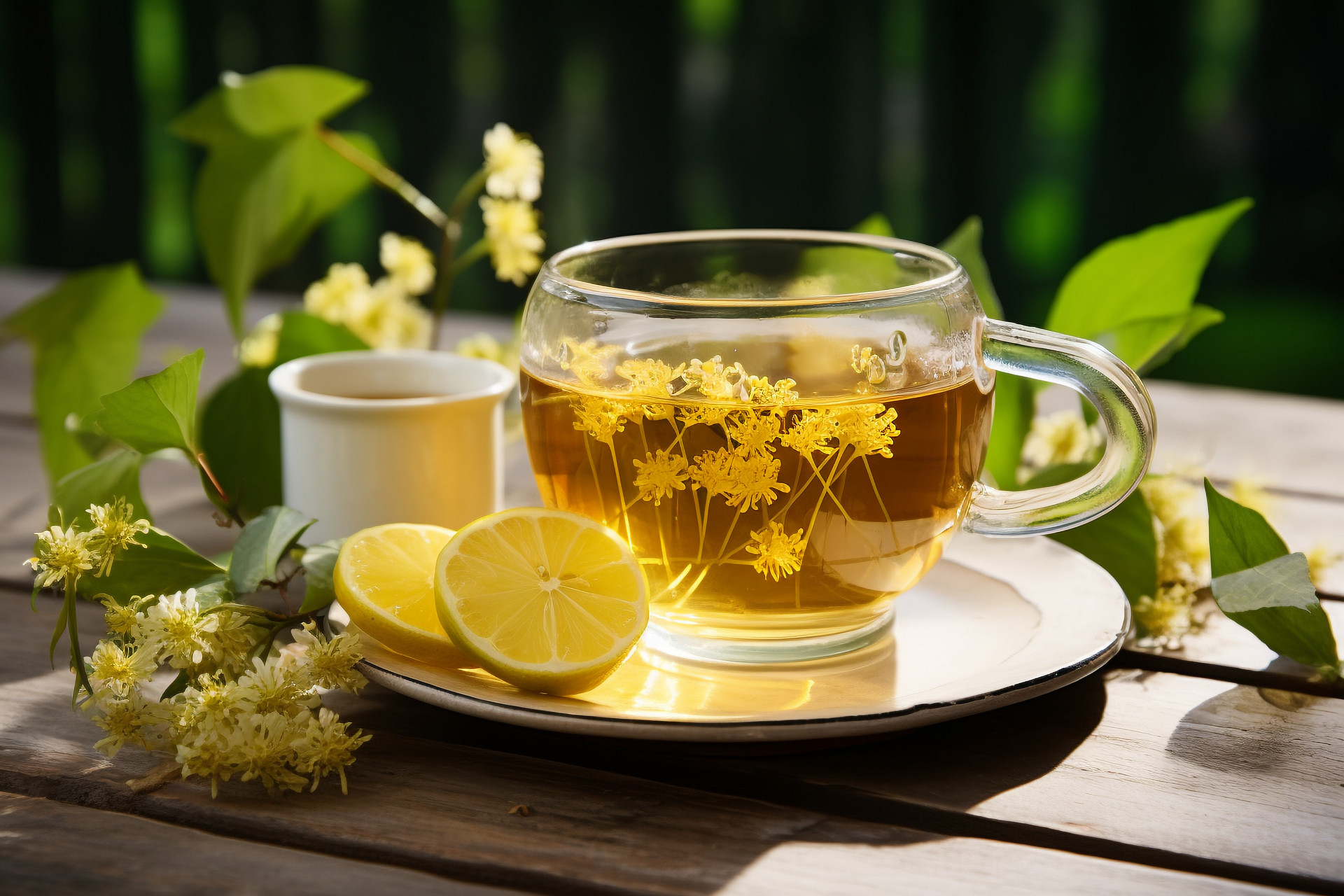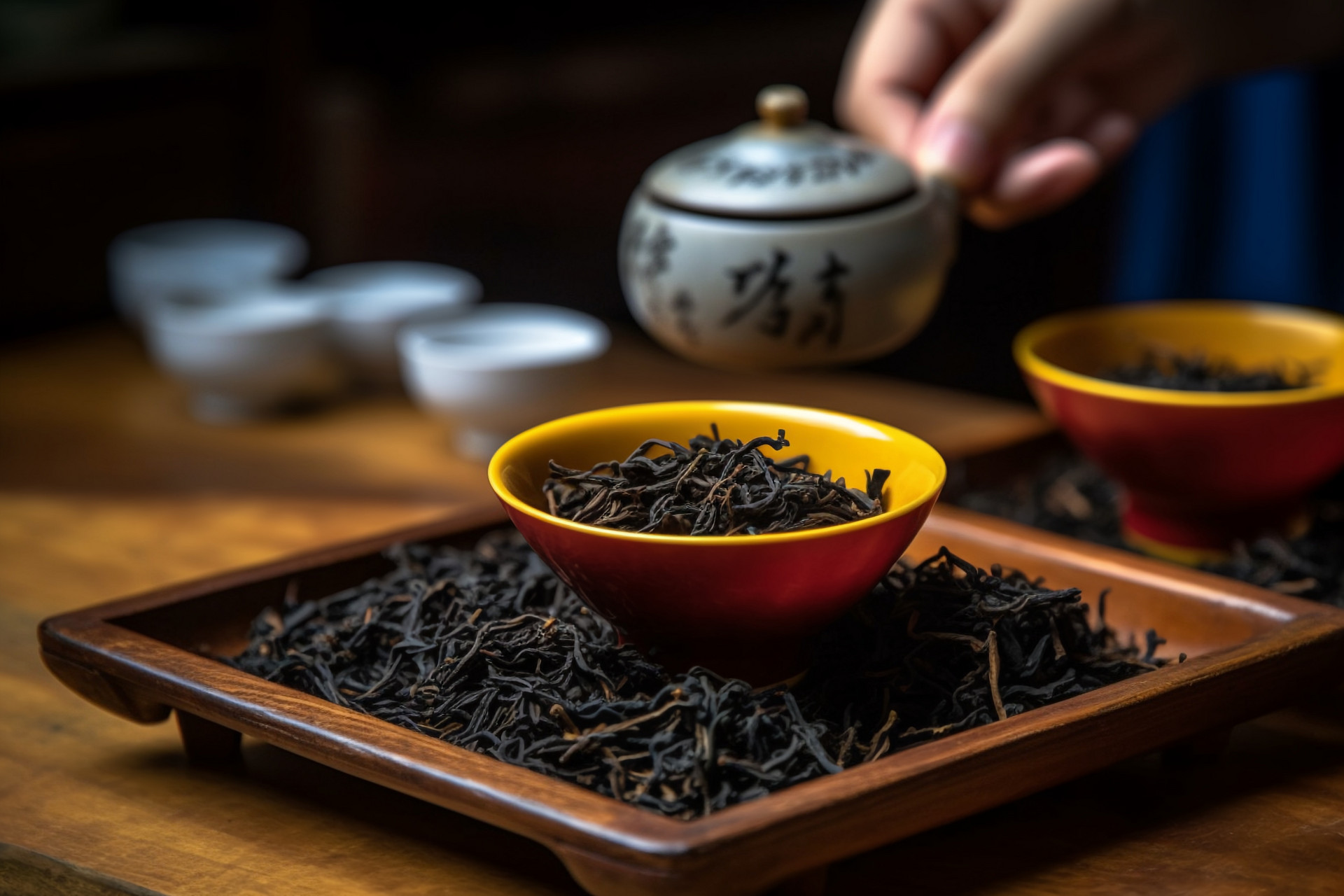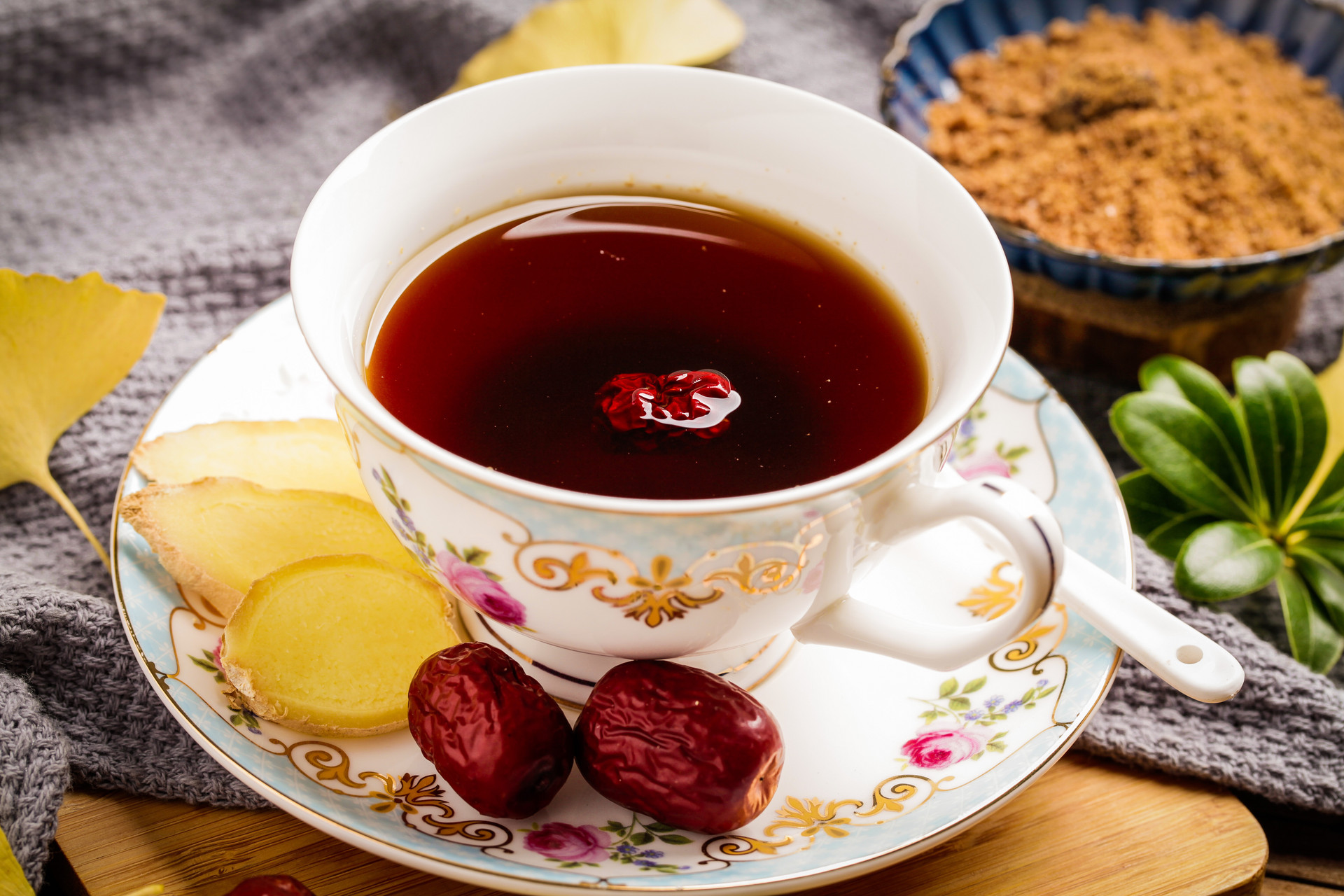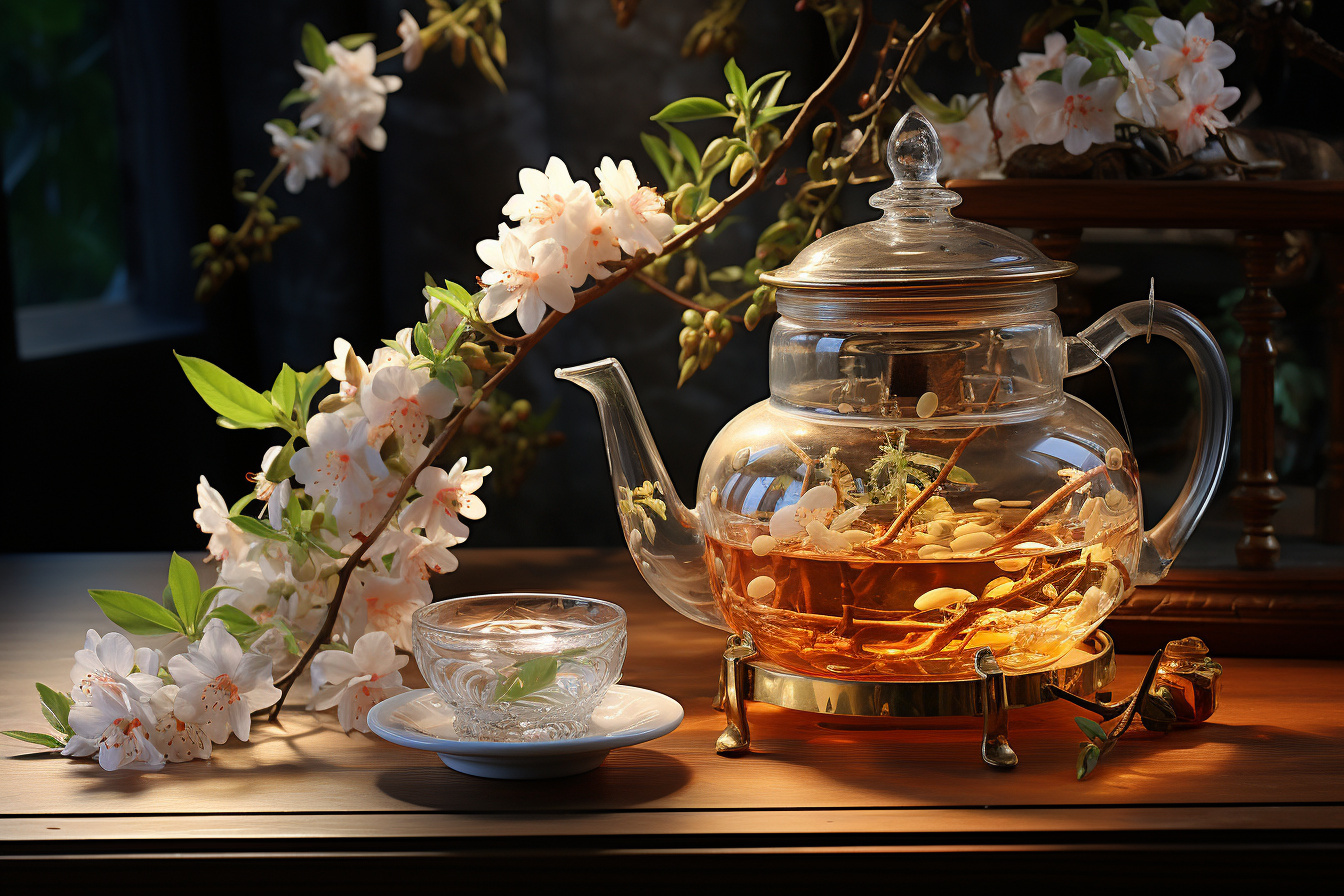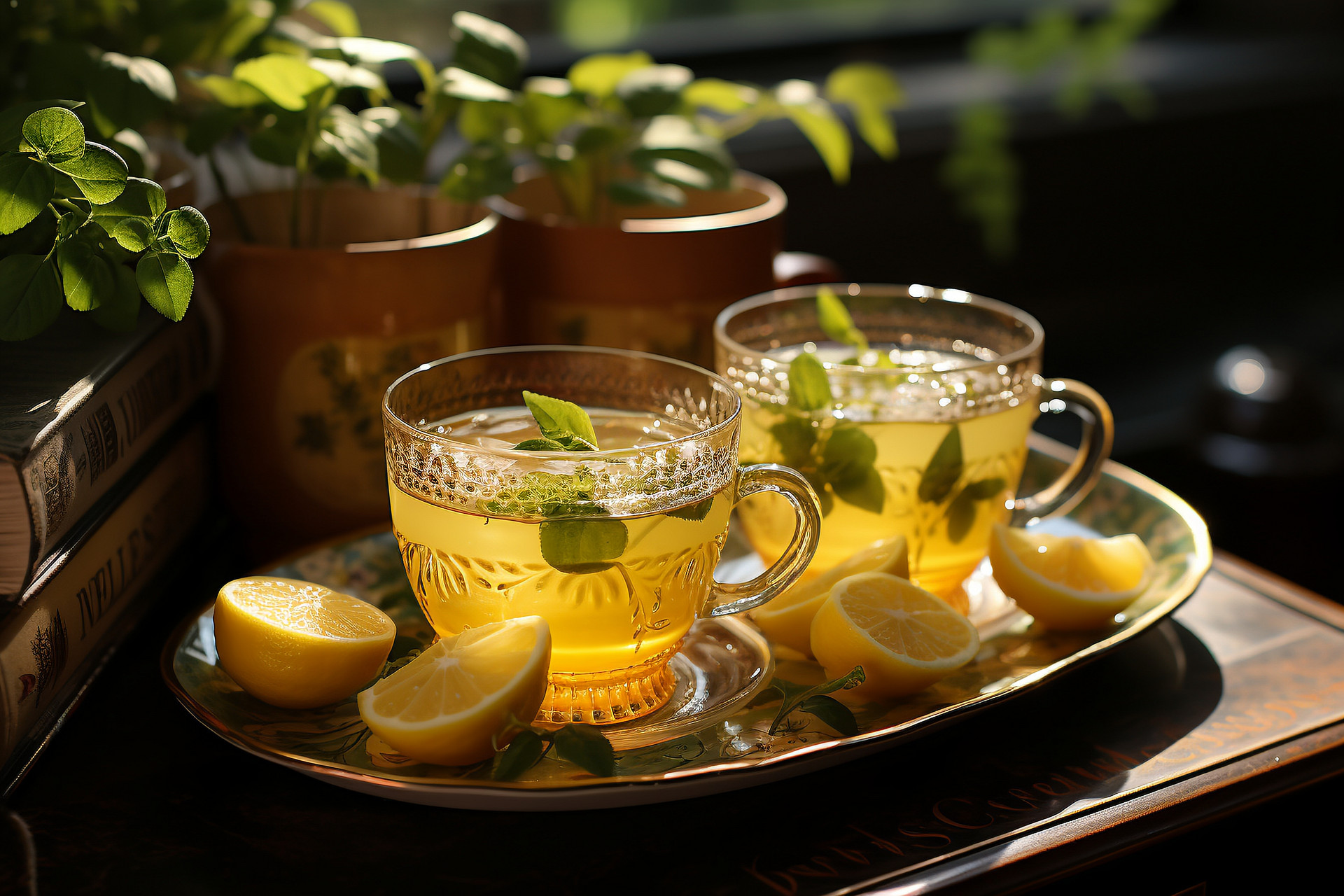Tea therapy is a separate branch of Chinese medicine diet therapy, which is the result of the combination of traditional Chinese medicine and tea culture. The main component of tea therapy, medicinal tea, is a traditional Chinese medicine preparation made from Chinese herbal medicines that may or may not contain tea leaves. It is a traditional Chinese medicine formulation with functions of disease prevention, treatment, and health maintenance. Medicinal teas can be divided into the following three categories:
(1) Single-ingredient tea
Belonging to the "single action" in traditional Chinese medicine, single-ingredient teas are formulations that consist of only one herb, hence they are also known as "single-ingredient tea therapy". There are many types of tea, including green tea, black tea, yellow tea, black tea, white tea, and oolong tea, totaling 6 basic types. In addition, there are also flavored teas, including flower teas (jasmine tea, rose tea, etc.), compressed teas (black bricks, tea cakes, etc.), and extracted teas (concentrated tea, instant tea, etc.). Each type of tea has different therapeutic effects.
(2) Tea plus herbs
Tea plus herbs are "compound formulations" in traditional Chinese medicine that combine tea with other medicinal herbs, hence they are also known as "compound tea therapy". The compatibility of these formulations is mainly based on the principles of "similar substances complement each other" and "different substances promote each other". These types of formulations can be found in many classical Chinese medical works, such as the "Pharmaceutical Bureau Formulary", "Taiping Shenghui Fang", "Pujifang", etc. In ancient formulations, Sichuan Qiong tea decoction is the most famous, first recorded in the "Pharmaceutical Bureau Formulary" and widely used in the Song Dynasty. Other similar formulations include chrysanthemum tea decoction, Sichuan Qiong tea, etc. In folk experience, noon tea is considered the most important and is first recorded in the famous Qing Dynasty physician Chen Xiuyuan's book "Experience in the Treatment of Internal and External Diseases". Other similar formulations include Tianzhong tea, Wanying Ganhe tea, etc. Other single herb formulations include ginger tea for treating diarrhea, frankincense tea for treating chest pain, halite tea for treating urinary obstruction, and concentrated alum tea for emergency treatment of food poisoning. Modern tea plus herb formulations mainly focus on weight loss, lowering blood lipids, preventing and treating atherosclerosis, lowering blood pressure, and preventing and treating cardiovascular and cerebrovascular diseases. Therefore, they are often used in combination with other herbs such as ze xie, lotus leaf, shan qing, he shou wu, chrysanthemum, mulberry parasite, cassia seed, and summer cypress.
(3) Tea substitutes
Tea substitutes are actually formulations that do not contain tea in the composition, but are prepared and consumed in the form of tea using other Chinese herbs. Therefore, they are also known as "non-tea teas". In fact, the use of tea substitutes has a long history. The term "tea substitutes" can already be found in the book "Wai Tai Mi Yao" written by the famous Tang Dynasty physician Wang Tao. There are even more records from the Song Dynasty, as mentioned above in the "Taiping Shenghui Fang". According to the description in the Song Dynasty literature "Meng Liang Lu", at that time, sour plum soup was sold in tea houses, which was made by decocting ingredients such as dark plum and amomum, similar to today's sour plum soup. This shows that although tea substitutes do not contain tea leaves, they have been closely related to tea since ancient times. Tea substitutes can be consumed by steeping in boiling water (more suitable for lighter textures) or by slight decoction (more suitable for thicker textures), depending on the quality of the herbs used.
Commonly used Chinese herbs as tea substitutes include chrysanthemum, wild chrysanthemum, mimosa, honeysuckle, money grass, malva nut, cassia seed, peppermint, perilla, patchouli, mosla, reed root, codonopsis, prince ginseng, Western ginseng, ginseng, goji berry, green beans, tangerine peel, dandelion, asarum, rose, balloon flower, dendrobium, cornus, safflower, motherwort, rhubarb, coptis, epimedium, acanthopanax, cedar, eucommia, ramie, coix seed, lotus leaf, lotus seed heart, large green leaves, tangerine peel, qilingxian, qingmuxiang, salvia, plantain, jujube, and old ginger.
Another type of tea substitute is widely used among the general public. In 1985, Wu Yongning and others conducted research on Shanxi polyvitamin tea, Guilin natural vitamin C tea, and Beijing persimmon leaf tea extracted from persimmon leaves, and found that they can be used for cancer prevention. Gentiana macrophylla, known as the "Southern Ginseng" in China, contains abundant ginsenosides and can be used as a tea substitute, with functions of tonifying the middle, benefiting qi, prolonging life, protecting the liver, anti-cancer, and lowering blood lipids. Steamed and dried tender locust leaves, consumed by decoction like tea, have the effects of clearing heat and stopping bleeding, nourishing qi, dispelling evil, and improving vision. Corn silk boiled in water can be used as a tea substitute and has a wide range of uses among the general public, including diuretic, choleretic, and blood sugar-lowering effects. Pine needles contain a variety of nutrients and active ingredients and can be used as a tea substitute to adjust myocardial function, lower blood lipids, increase calcium in the body, and effectively treat rheumatic pain and toothache. After being roasted, young shoots of mulberry tree can be used as a tea substitute called mulberry shoot tea, which has a long history of application in sericulture areas and has good effects on colds, fever, headaches, and coughs. Osmanthus flowers can be used as a tea substitute for brewing or added to soups, with calming and pain-relieving effects and promoting digestion. Xian tea is a tea plant from Fujian Province called stone pen wood, and its tender leaves can be used to treat colds and dysentery. Eagle tea is a camphor tree plant produced in Sichuan Province, and its dried tender leaves can be used as a tea substitute.
| 1 2 > >> >>|


![[The Risks of Eating Hawthorn During Pregnancy]](https://tcmmaintenance.com/uploads/20240715/97742b67f97f94c495ae1389337c5c41.jpg)
